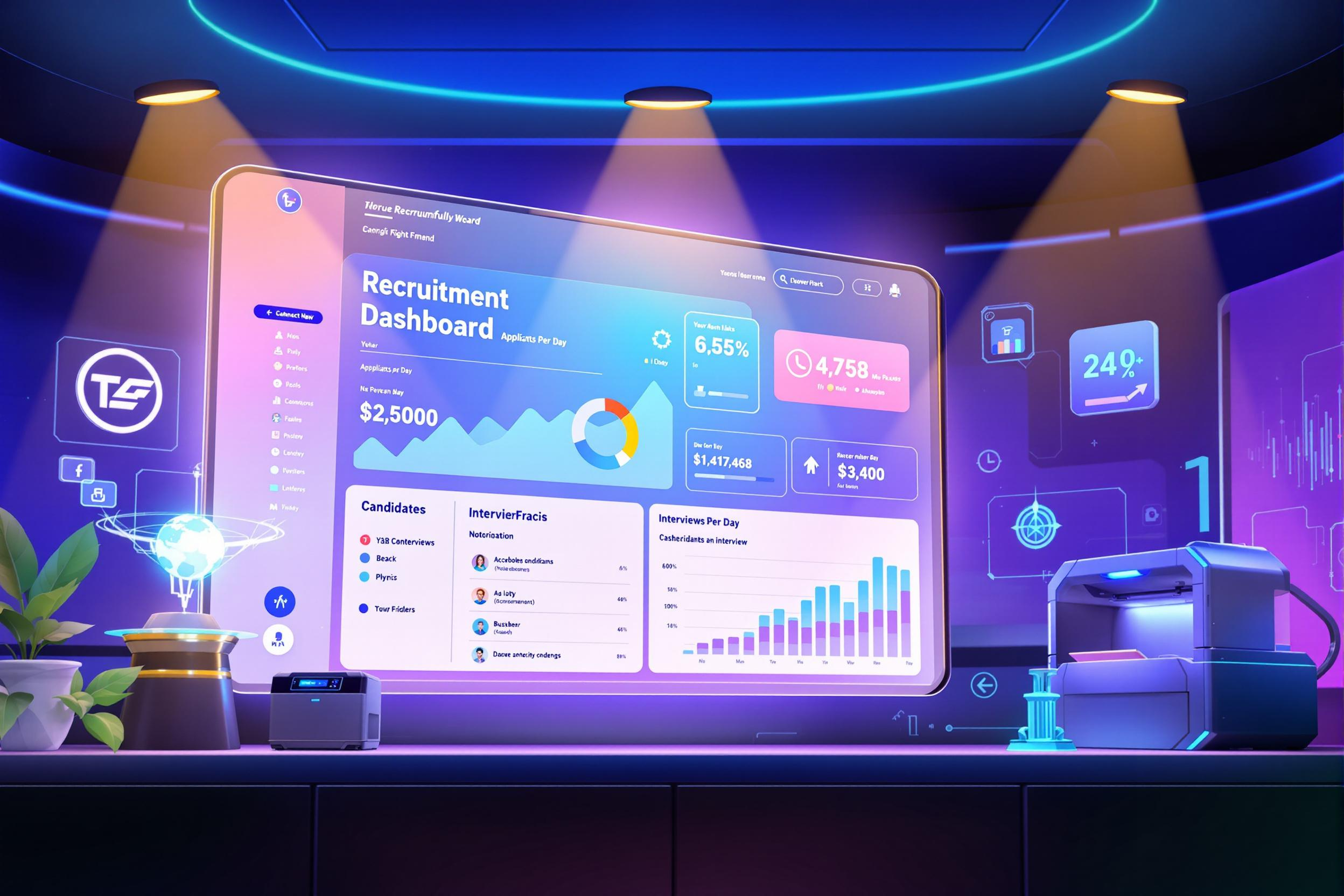
Process Art
Process Art is a teaching approach in early childhood education where the focus is on the creative journey rather than the final product. Instead of having children copy a pre-made craft example, educators provide materials and let children explore and create freely. This method helps develop creativity, problem-solving skills, and self-expression. It's different from traditional craft projects because there's no "right way" to create - the emphasis is on the experience of making art rather than producing identical finished pieces. When you see this term in resumes, it shows that the educator understands modern child-led learning approaches.
Examples in Resumes
Implemented daily Process Art activities that enhanced fine motor skills and creativity
Designed open-ended Process Art stations that encouraged student exploration and self-expression
Led Process Art workshops for groups of 15 children, focusing on experiential learning
Typical job title: "Early Childhood Educators"
Also try searching for:
Where to Find Early Childhood Educators
Professional Organizations
Online Communities
Job Resources
Example Interview Questions
Lead Teacher Level Questions
Q: How would you design a process art curriculum that supports child development across all learning domains?
Expected Answer: Look for answers that discuss how process art supports physical development (fine motor skills), social-emotional development (self-expression), cognitive development (problem-solving), and language development (describing their work). They should mention organizing materials, safety considerations, and how to document children's learning.
Q: How do you mentor other teachers in implementing process art activities?
Expected Answer: Strong answers should include strategies for helping other teachers understand the value of process over product, methods for organizing materials, ways to communicate with parents about process art, and techniques for documenting children's creative development.
Experienced Teacher Level Questions
Q: How do you explain the value of process art to parents who expect traditional crafts?
Expected Answer: Should discuss ways to educate parents about the developmental benefits of process art, how to document and display children's work meaningfully, and strategies for helping parents understand the learning happening during creative exploration.
Q: Describe how you set up and manage a process art activity for a group of young children.
Expected Answer: Should include details about material preparation, safety considerations, classroom management, encouraging creativity while maintaining order, and clean-up procedures.
Entry Level Questions
Q: What is the difference between process art and traditional crafts?
Expected Answer: Should explain that process art focuses on exploration and creativity rather than copying a model, and that each child's work will look different. Should mention that there's no 'right' or 'wrong' way to create in process art.
Q: What materials would you include in a process art activity?
Expected Answer: Should list age-appropriate art materials like washable paint, paper, brushes, stamps, recyclable materials, and explain how to present them safely to young children.
Experience Level Indicators
Junior (0-2 years)
- Basic understanding of age-appropriate art materials
- Ability to set up simple process art activities
- Knowledge of classroom safety procedures
- Basic documentation of children's work
Mid (2-5 years)
- Planning varied process art experiences
- Managing materials and budget effectively
- Communicating with parents about process art
- Connecting art activities to learning objectives
Senior (5+ years)
- Curriculum development incorporating process art
- Mentoring other teachers
- Program evaluation and improvement
- Parent education and advocacy for process-based learning
Red Flags to Watch For
- Focus only on product-based art activities
- Emphasis on perfect or identical results
- Lack of understanding about child development
- No knowledge of age-appropriate materials and safety
- Resistant to letting children lead creative activities




